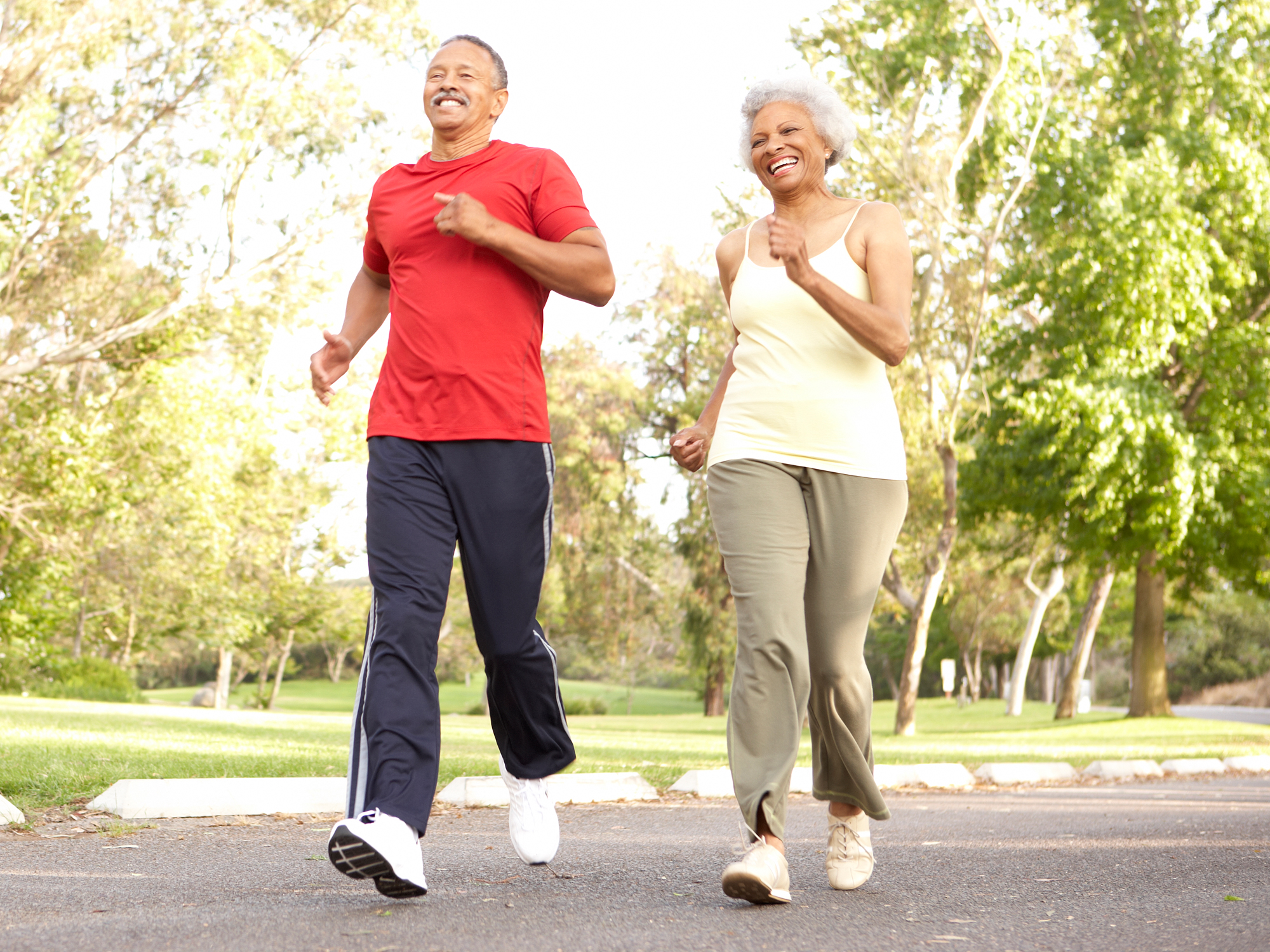Get Easy Health Digest™ in your inbox and don’t miss a thing when you subscribe today. Plus, get the free bonus report, Mother Nature’s Tips, Tricks and Remedies for Cholesterol, Blood Pressure & Blood Sugar as my way of saying welcome to the community!
The best walking exercise to kick bone loss to the curb

Osteoporosis is a health danger all of us face as we age. However, for women, this risk goes up significantly after menopause for one simple reason.
After menopause, the levels of estrogen circulating in your body go down. That’s what causes most of the symptoms you probably associate with menopause, from weight gain and hot flashes to depression and painful intercourse.
And, it can also weaken your bones. That’s because, without enough estrogen, cells known as osteoblasts aren’t able to make new bone tissue at the level necessary to keep you strong.
What you may not know though, is that after menopause there’s something that can raise your chances of ending up with weak bones even more — diabetes.
Yup, while postmenopausal women experience more broken bones than women who haven’t yet reached menopause, postmenopausal women with diabetes top them both and are far more likely to suffer a fracture.
One hour after eating
This disparity led a team of researchers from the University of Michigan in Ann Arbor to try to find a way to even the playing field: something women could use to stop bone loss whether they’re living with diabetes or not.
“We wanted to see whether eating before or after meals, and walking downhill or uphill, had an effect on markers of bone formation and resorption in these women,” said lead researcher Katarina T. Borer, Ph.D., of the University of Michigan.
And, that’s exactly what they did…
The researchers studied 15 postmenopausal women with diabetes in two separate five-day-long experiments. One group did no exercise — forming a baseline or placebo group to ensure the results were accurate.
The other groups spent 40 minutes exercising on either an uphill or downhill treadmill, either one hour before or an hour after eating twice a day.
The team then measured the women’s bloodwork hourly to look for markers of bone formation and reabsorption as wells as their blood sugar and insulin levels. The women were even given special insoles to wear in their shoes to measure the impact of their walking on their bones.
After all of the results were put together the researchers determined that hands-down, the most effective way to reduce the breakdown of the protein collagen (which helps your bone tissue form) is to walk downhill after eating.
That’s right…
If you want to avoid osteoporosis after menopause — especially if you’re diabetic — the best thing you can do is take a walk downhill one hour after a meal.
How it works
So, why does walking downhill make a difference in your osteoporosis risk?
Dr. Borer says, “Exercising after eating may help nutrients from the food get absorbed into the bloodstream. The best exercise for your bones is the weight-bearing kind, which forces you to work against gravity. When you walk downhill, the pull of gravity is greater.”
What if you don’t live on or near a hill though? Do you need to drive miles out of your way to find the right place to get your post-meal workout?
Well, Dr. Borer had an answer to that one too. She says that an easy way to walk downhill is to simply walk downstairs. And, for those of you who have a treadmill in your home, she said it may be possible to put cement blocks under the back of the treadmill to tilt it downwards.
How you get this downhill exercise is up to you. Simply be safe about it and do it regularly and you could benefit from stronger bones, less susceptible to fracture.
Editor’s note: Did you know that when you take your body from acid to alkaline you can boost your energy, lose weight, soothe digestion, avoid illness and achieve wellness? Click here to discover The Alkaline Secret to Ultimate Vitality and revive your life today!
Sources:
- What happens when estrogen levels are low? — Medical News Today
- Estrogen Replacement Therapy for Osteoporosis — EndocrineWeb
- Walking downhill after meals boosts bone health in postmenopausal women with diabetes — EurekAlert!













